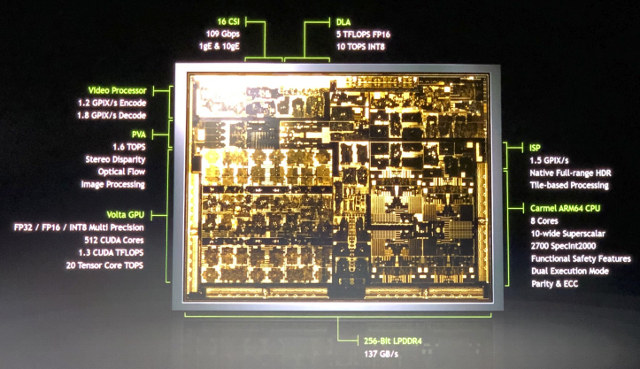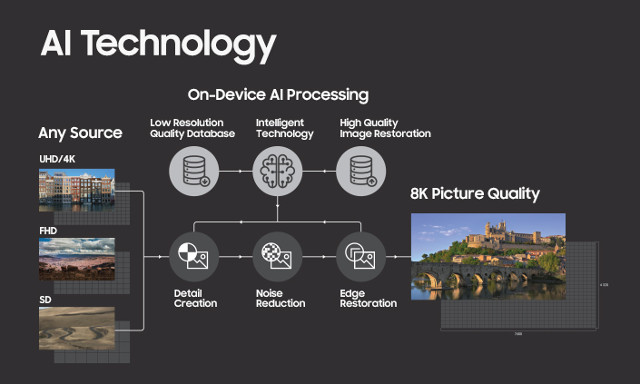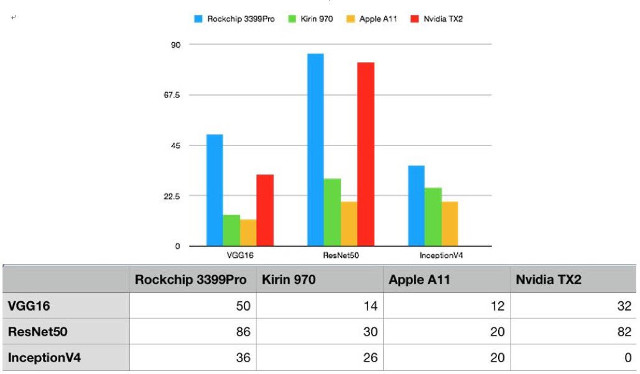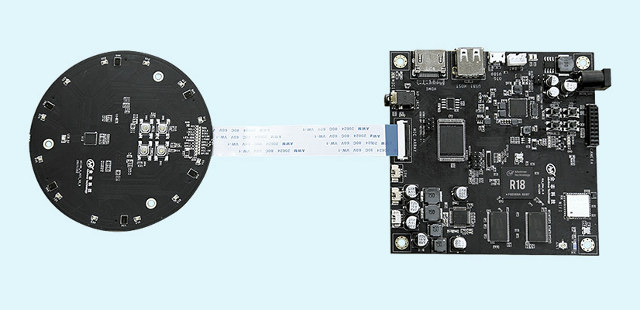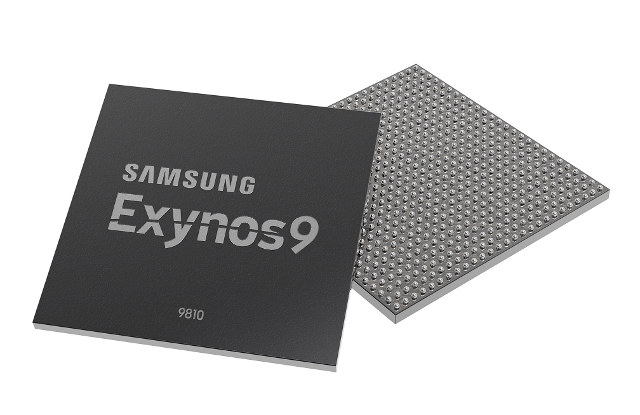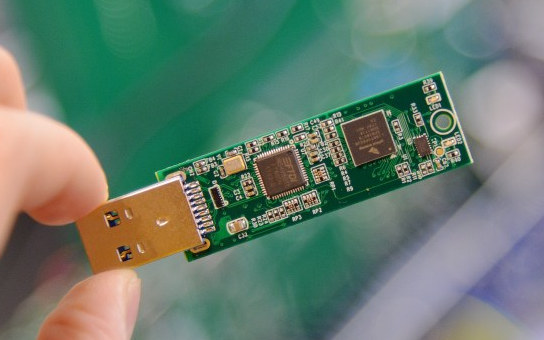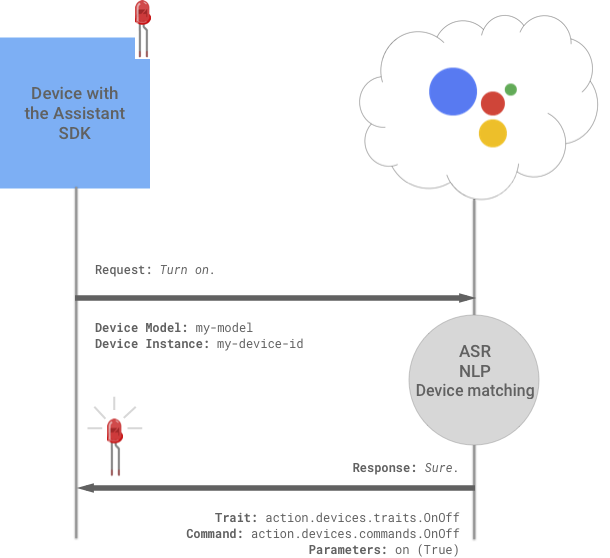Well over a year ago, NVIDIA introduced Xavier, their next generation self-driving and artificial intelligence processor, with eight custom ARM cores, a 512-core Volta GPU, and support for 8K video encoding and decode. A few months ago, the company provided some more details and unveiled NVIDIA DRIVE PX Pegasus A.I. computer for level 5 autonomous driving with two Xavier processors and two NVIDIA next-generation GPUs delivering a total 320 TOPS of computing power. For that it’s worth, 320 TOPS is about 3200 times more powerful than Intel Movidus Neural Network Compute Stick. CES 2018 has now started, and NVIDIA made several announcement related to gaming and automotive markets, and confirmed Xavier is now sampling to select customers. What’s really new from the announcement is the addition of two new SDKs (software development kits) for the processor beside the original NVIDIA DRIVE AV autonomous vehicle platform: DRIVE IX – Intelligent experience […]
Samsung 8K QLED TV Uses Artificial Intelligence to Upscale SD Content to 8K Resolution
You’ve probably read how artificial intelligence can be applying to modify photos, either repair them, or change the weather in photos from sunny to rainy, and vice versa. Samsung unveiled an 85″ 8K QLED TV right before CES 2018, which should be news by itself, but that I found really intriguing is the TV’s artificial intelligence capabilities that will upscale standard and other resolution content to 8K resolution. The TV will take SD, Full HD or 4K sources runs it through machine learning algorithm to re-create details, reduce noise, and restore edges to bring them back to 8K picture quality. Not your usual “dumb” upscaling 🙂 The TV is said to be equipped with a database that studies and analyzes millions of images in advance to transform low-resolution content into high-resolution, and capable of selecting the optimal filter to convert the source to higher quality. Samsung then explains the images […]
Rockchip RK3399Pro SoC Integrates a 2.4 TOPS Neural Network Processing Unit for Artificial Intelligence Applications
Rockchip RK3399 (aka OP1) SoC was launched in 2016 with an hexa core Arm Cortex A72/A53 processor, Mali-T860MP4 GPU, support for 4K video decoding, and high speed interfaces like USB 3.0 and PCIe, as well as Gigabit Ethernet. The processor is found in Chromebooks, TV boxes, development boards, and other devices. The company has unveiled an upgraded “Pro” version of the processor at CES 2018. Rockchip RK3399Pro appears to have most of the same features as its predecessor but adds a neural network processing unit (NPU) delivering up to 2.4 TOPS for artificial intelligence and deep learning applications. The company claims that compared to traditional solution, the computing performance of typical deep neural network Inception V3, ResNet34 and VGG16 models on RK3399Pro is improved by almost one hundred times, and power consumption is less than 1% than A.I. solutions implemented using GPU acceleration. Based on the information provided in the […]
$129 Allwinner R18 based 3-Mic Far Field Amazon AVS Development Kit in the Works
Several companies are already offering development kits for Amazon AVS (Alexa Voice Service), but as we’ve seen in the past, those are rather expensive with far-field kits such starting at $349 with kits such as Synaptics AudioSmart 4-Mic Development Kit, or Intel Speech Enabling Developer Kit, and hands-free kits being barely cheaper at $299 and up. But there will soon be a cheaper solution, as Allwinner and SinoVoIP (aka Banana Pi) are working on “SoC-Only 3-Mic Far-Field Dev Kit for Amazon AVS” that includes 3 microphones, and works without special DSP, relying instead on Allwinner R18 processor’s audio codec and capabilities. Allwinner SoC-Only 3-Mic Far-Field Dev Kit for Amazon AVS (aka R18-AVS-EVK) specifications: SoC – Allwinner R18 quad-core Cortex-A53 processor @ 1.15GHz with Mali400MP2 GPU System Memory – 1GB DDR3 Storage – 8GB eMMC flash Video Output – HDMI Audio – 6x Microphones, 2x AEC, AUX and headphone output; GMEMS voice […]
Samsung Announces Exynos 9810 Octa-core Processor Optimized for AI and Multimedia Applications
Samsung Electronics has just announced the launch of Exynos 9 Series 9810 (Exynos 9810) manufactured with Samsung’s 10-nm FinFET process, featuring an eight core processor clocked up to 2.9 GHz, a gigabit (1.2 Gbps) LTE modem and deep learning-enhanced image processing. Single core performance is aud to be improved by two-fold, while multi-core performance gets a 40% improvement compared to the previous generation chip, which should be Exynos 8895. ARM Mali-G72 GPU is said to bring more realistic graphics along with 20% more performance. Samsung Exynos 9810 specifications with extra cache and memory info from Anandtech: CPU Quad core custom Exynos M3 @ up to 2.9GHz optimized for performance; 512KB L2 cache per core Quad-core Arm Cortex-A55 @ up to 1.9GHz optimized for efficiency; 128KB L2 cache per core GPU – Arm Mali-G72MP18 Memory – LPDDR4x (4x 16-bit @ 1794 MHz) Storage – UFS 2.1, SD 3.0 Display – Up […]
Laceli AI Compute Stick is a More Powerful & Efficient Alternative to Intel/Movidius Neural Compute Stick
Intel’s Movidius Neural Compute Stick is a low power deep learning inference kit and “self-contained” artificial intelligence (A.I.) accelerator that connects to the USB port of computers or development boards like Raspberry Pi 3, delivering three times more performance than a solution accelerated with VideoCore IV GPU. So far it was the only A.I USB stick solution that I heard of, but Gyrfalcon Technology , a US startup funded at the beginning of last year, has developed its own “artificial intelligence processor” with Lightspeeur 2801S, as well as a neural USB compute stick featuring the solution: Laceli AI Compute Stick. The company claims Laceli AI Compute Stick runs at 2.8 TOPS (Trillion operation per second) performance within 0.3 Watt of power, which is 90 times more efficient than the Movidius USB Stick that can deliver 100 GFLOPS (0.1 TOPS) within 1 Watt of power. Information about the processor and stick […]
Google Assistant SDK Now Supports Device Actions, More Languages (French, German, Japanese)
Back in May 2017, Google released the Assistant SDK that worked on Raspberry Pi 3, and other ARM boards, essentially transforming low cost development boards into Google Home equivalent. The SDK became more popular once Google’s AIY Voice Kit was launched since it offered an easy and inexpensive way to use it with Raspberry Pi 3 board. Since all you need was a Linux board with an Internet connection, a microphone, and speaker, I tried Google Assistant SDK on one of the cheapest platform available: Orange Pi Zero Set 6 Kit including Orange Pi Zero board, but also an expansion board with built-in microphone and audio output jack, and a cute little case. I added my own pair of speakers, micro SD card, and USB power supply, and after setting up the software, I was able ask question, and get answers with female voice using the demo app. At the […]
Qualcomm Developer’s Guide to Artificial Intelligence (AI)
Qualcomm has many terms like ML (Machine Learning), DL (Deep Learning), CNN (Convolutional Neural Network), ANN (Artificial Neural Networks), etc.. and is currently made possible via frameworks such as TensorFlow, Caffe2 or ONNX (Open Neural Network Exchange). If you have not looked into details, all those terms may be confusions, so Qualcomm Developer Network has released a 9-page e-Book entitled “A Developer’s Guide to Artificial Intelligence (AI)” that gives an overview of all the terms, what they mean, and how they differ. For example, they explain that a key difference between Machine Learning and Deep Learning is that with ML, the input features of the CNN are determined by humans, while DL requires less human intervention. The book also covers that AI is moving to the edge / on-device for low latency, and better reliability, instead of relying on the cloud. It also quickly go through the workflow using Snapdragon […]


